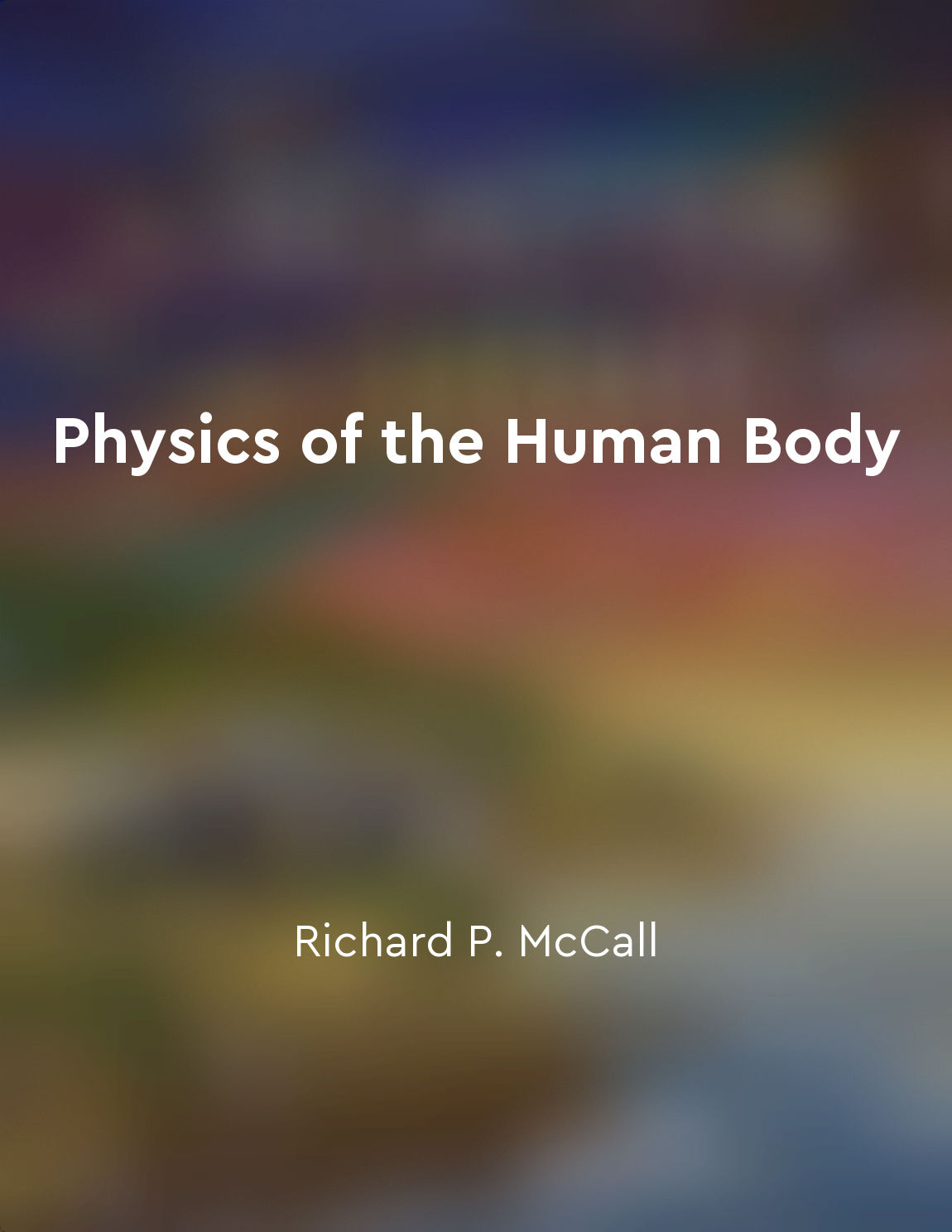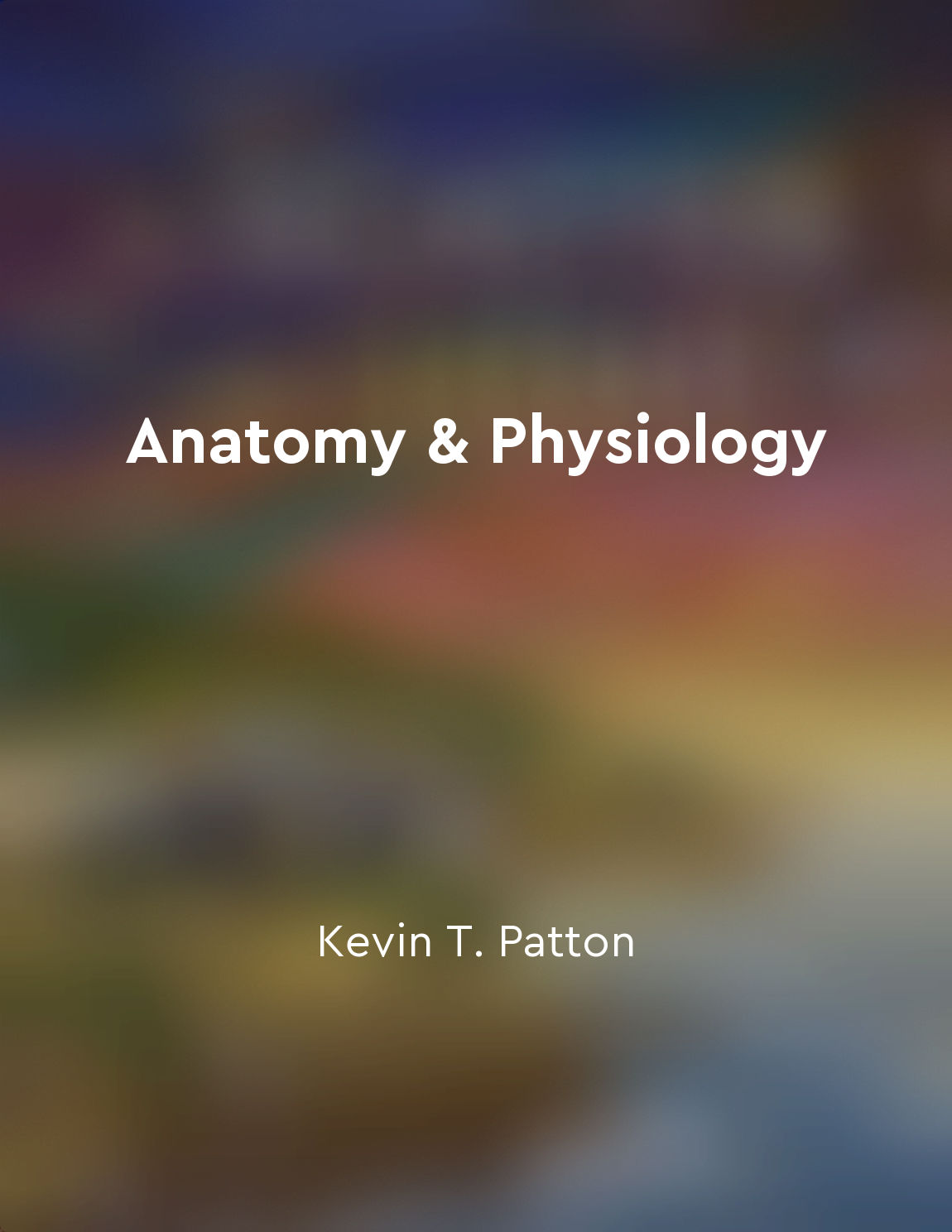Radiology uses physics to image the body from "summary" of Physics of the Human Body by Richard P. McCall
The field of radiology plays a critical role in modern medicine by utilizing principles of physics to create detailed images of the human body. These images provide valuable information to healthcare professionals, aiding in the diagnosis and treatment of various medical conditions. Through the use of different imaging techniques such as X-rays, CT scans, MRIs, and ultrasounds, radiologists are able to visualize internal structures and detect abnormalities that may not be visible to the naked eye. One of the fundamental principles of radiology is the interaction of different types of energy with the human body. X-rays, for example, are a form of electromagnetic radiation that can penetrate tissues to varying degrees depending on their energy level. When an X-ray beam passes through the body, it is absorbed by different tissues at different rates, resulting in variations in the intensity of the beam that reaches the detector. By analyzing these variations, radiologists can create detailed images that represent the internal structures of the body. In addition to X-rays, other imaging techniques such as CT scans and MRIs also rely on the principles of physics to generate images. CT scans use a series of X-ray images taken from different angles to create cross-sectional images of the body, while MRIs utilize magnetic fields and radio waves to create detailed images of soft tissues. Ultrasounds, on the other hand, use high-frequency sound waves to produce images of internal organs and structures.- The field of radiology demonstrates how physics can be applied to medicine to enhance our understanding of the human body. By utilizing different imaging techniques and understanding the physical principles behind them, radiologists are able to provide valuable insights into the health and well-being of their patients. Through the use of physics, radiology continues to advance and improve, leading to better diagnostic capabilities and improved patient outcomes.
Similar Posts

Energy transformation in cells
Energy transformation in cells is a fundamental process that allows living organisms to carry out their daily activities. The e...

Rotational motion is key to many body movements
Rotational motion plays a crucial role in numerous body movements. When we think about the human body in motion, it is easy to ...

Vision relies on the anatomy of the eye
The process of vision is intricately tied to the anatomy of the eye. The eye is a complex organ that allows light to enter and ...

The respiratory system facilitates gas exchange
The respiratory system plays a crucial role in the exchange of gases within the body. This process involves the intake of oxyge...
Forces are interactions that cause objects to move or change
Forces are interactions that bring about movement or alteration in objects. These forces can be exerted through direct contact ...

Forces cause changes in motion
The concept that forces cause changes in motion is a fundamental principle in physics. When an object is at rest or in motion, ...

